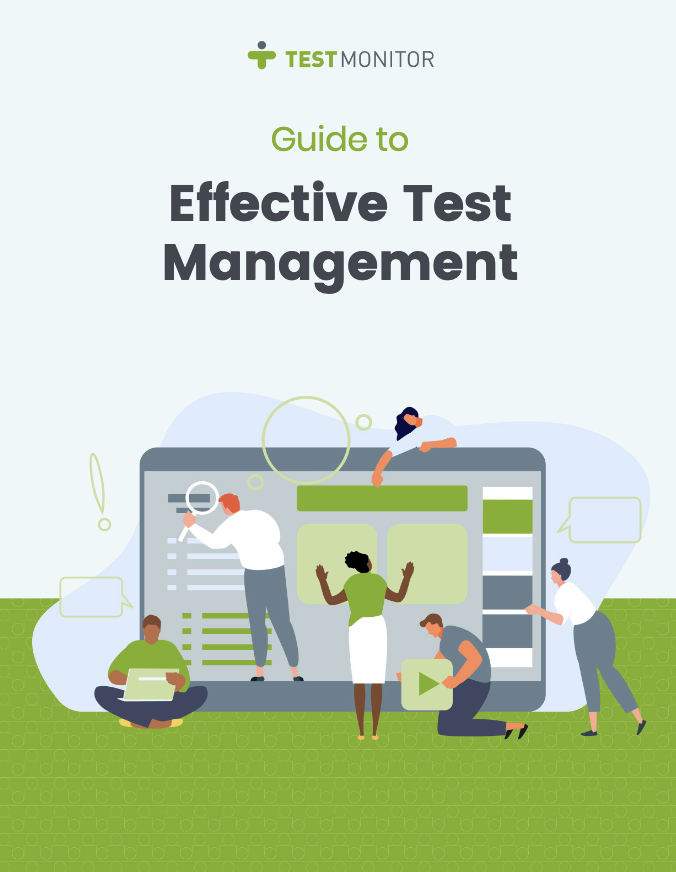Chapter 4
What Are Some Must-Haves for Test Management Tools?
Sold on the benefits test management tools can deliver to your brand and bottom line?
Now comes the essential task of identifying what you need in a test management platform, especially the must-haves that industry-leading software testing tools can offer.
Although you may already have a list of requirements unique to your business, consider adding these to your criteria:
End-to-End Task, Requirement, and Issue Tracking
This is a must-have, which is why we put it first.
Developers and test managers don’t have time to monitor testing activities across various sources, compiling spreadsheets, documents, and updates from a myriad of inputs. This is true whether your organization is using manual or automated testing. However, it can be especially tedious as the results from automated tests are produced throughout the various stages of the test management process.
Give your team members the ability to track their entire workload at a high level and drill down into each test case, project by project, with the click of a button. And when it comes to the results from automated tests, a platform like TestMonitor can serve as the source of truth, consolidating test results and acting as the quality for everything related to testing.
Take it to the next level by allowing users to filter their tasks by requirement, milestone, or stage to prioritize and manage their resources more effectively. For example, TestMonitor creates links between risks, requirements, and testing results, reducing the time needed to complete research and administrative work.
Finally, with TestMonitor, you can track the entire lifecycle of each requirement—from initial intake and testing to issue resolution and final closeout—helping you project the overall health and timing of your product. It is real-time insights like these that amplify the productivity of your team.
Intuitive Dashboards and Reporting
Sharing project and testing status is critical, but that doesn’t mean it has to be a chore.
When evaluating potential test management solutions, look at how easy it is to filter and display results and progress at different levels and across the portfolio of work. How easy is it to track issues by project, impact level, or priority? What reporting tools are built in, and can you configure them to meet your needs? How easy is it to share reports, including shareable links, exporting options, and user-specific dashboards?
A repository of support and training resources
Whether you are looking for advanced features to enhance your work or simple, easy-to-understand guides for one-time users or testers, your test management platform provider should have you covered with plenty of resources.
For example, look for a partner that provides unlimited access to a knowledge base of searchable articles, guided tutorials, and recorded webinars to ensure you have the step-by-step walkthroughs and other information you need to deliver for your users and clients.
Flexible platform with performance to match
The range of operating systems, devices, and platforms that software developers, testers, and other stakeholders use can be wide. Add in today’s need for remote work and accessibility any time, anywhere, and you need a test management solution that can keep up.
As you evaluate options, ensure the system is compatible with the software and hardware your users rely on and the provider has the mechanisms to guarantee uptime and availability.
Finally, go one step further and look for a solution that can integrate with the other enterprise systems you already have in place, making sharing data and managing workflows that much easier.
Security and Encryption
Software testing (and the data it produces, such as bugs and defects) can be a sensitive time for your product. The last thing that you want is for unauthorized users to find their way into your testing environment or for the information to be in an unencrypted state.
That’s why your test management tool should have a strong encryption method to keep your data safe while in transit and at rest. Your test management software provider should also ensure that you have a domain accessible only by your organization and powered by a database that is backed up frequently and secured.





